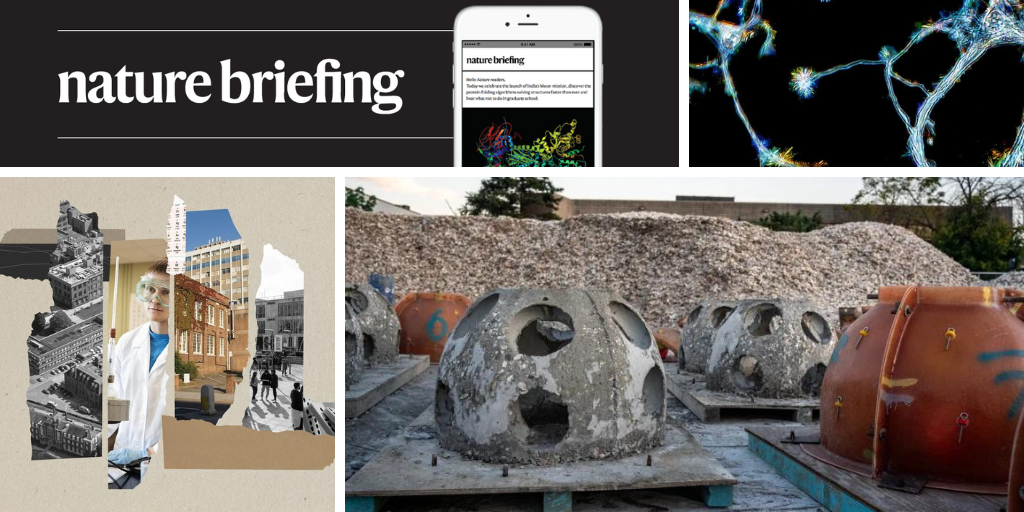Hello Nature readers, would you like to get this Briefing in your inbox free every day? Sign up here.
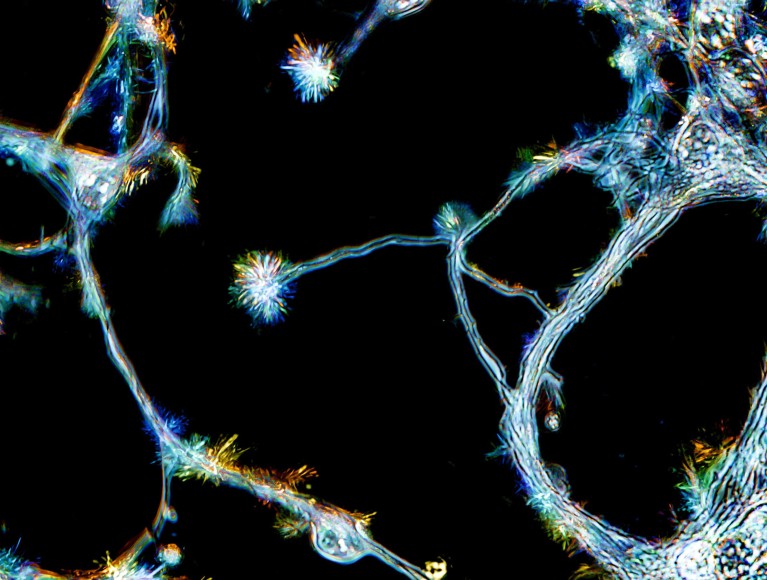
Neurons in the hippocampus help to pick out patterns in the flood of information pouring through the brain.Credit: Arthur Chien/Science Photo Library
Our brains are constantly recognizing patterns in everyday life, even without us being consciously aware of it. Researchers have identified neurons in key brain regions that combine information on what occurs and when, which allows the brain to pick out patterns in events as they unfold. The findings suggest that the brain can learn to predict future events based on the patterns it learns. “This is something that is not explicit,” says neuroscientist Itzhak Fried. “The brain gets it, essentially, very quickly, and we can see those changes in the individual cells.”
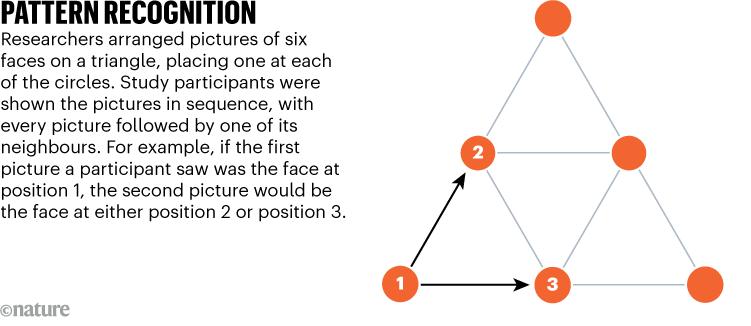
Source: Ref. 1
A study of newer, bigger versions of three major artificial intelligence (AI) chatbots shows that they are more inclined to generate wrong answers than to admit ignorance when compared with previous models. The study also found that people aren’t very good at spotting the bad answers, meaning users are likely to overestimate the abilities of chatbots such as OpenAI’s GPT, Meta’s LLaMA and BLOOM. “That looks to me like what we would call bullshitting,” says philosopher of science Mike Hicks of AI’s questionable behaviour. “It’s getting better at pretending to be knowledgeable.”
China’s top standing as a source of highly cited papers seems to be influenced by researchers citing their compatriots. One analysis found that 62% of citations in the top 10% of most-cited papers with a China-based author came from within the country. The second-highest rate of home bias was 24% in the United States. The countries held similar standings in a separate study — no surprise, say the authors, when they have such large numbers of researchers. Knowing that “China’s apparent rise in citation rankings is overstated” could ultimately benefit healthy international collaboration, they argue, by “alleviating the [West’s] existential dread of losing a scientific showdown.”
Reference: Japanese National Institute of Science and Technology report (in Japanese) & National Bureau of Economic Research working paper (not peer reviewed)
Oyster reefs — expansive masses of oysters fused to rocks and each other — used to protect coastlines around the globe, but most have been lost to overharvesting and other human activities. Conservationists at The Billion Oyster Project are working to reintroduce the reefs to waters around New York City as a ‘living breakwater’ to fend off the effects of climate change. But it is still unknown whether restored reefs can grow large enough to buffer coastlines, and oyster-restoration proponents acknowledge that it will take many years and transplanted oysters before reefs can provide a bulwark against rising seas.
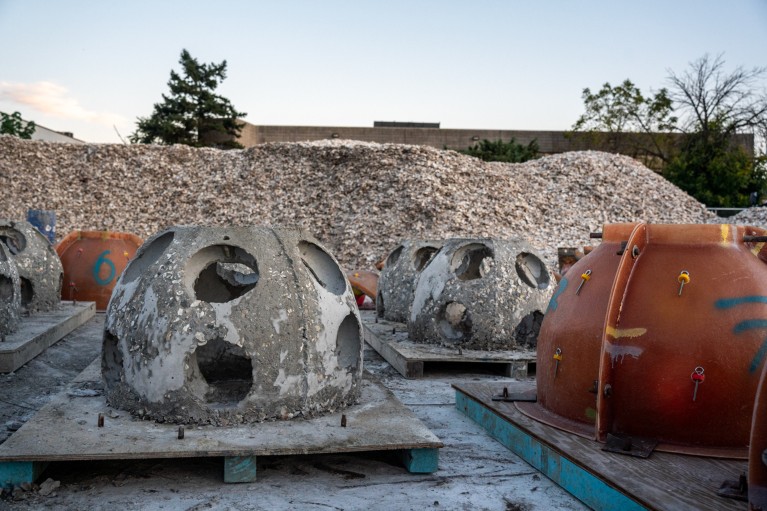
Domed structures called reef balls are stored in New York City. They will be lowered into the nearby waters to provide a home for young oysters.Credit: Alix Soliman/Nature
Oysters need to settle onto hard, stable surfaces to grow. To provide a home for them, the project staff and volunteers mix crushed oyster shells, donated by restaurants, with recycled concrete, and use the slurry to make hollow, domed structures called ‘reef balls’ pockmarked with holes that are roughly one metre in diameter. They are lowered into the water, allowing free-swimming oyster larvae to latch onto them and mature.
Features & opinion
“Most of the time when I’m using ChatGPT, I’m trying to troll it into saying something offensive,” says natural-language-processing researcher Eddie Ungless. He’s one of the scientists investigating the safety systems implemented by AI companies to protect users from undesirable content — with sometimes undesirable results. One finding is that the safeguards gloss over the subtleties of how certain terms, such as ‘queer’, are used in different contexts, erasing LGBTQ+ content entirely from training data and leaving models with a patchy version of reality.
Nature Computational Science | 12 min read
A combination of government policies on things such as tuition fees and immigration and the impact of inflation means that 40% of UK universities are expected to lose money this year. A single university going under is a serious regional issue, but many warn that if one or two declare bankruptcy, it could precipitate a bigger crisis. “I’m worried about a domino effect,” says Nick Hillman, who leads the Higher Education Policy Institute think tank.
Infographic of the week
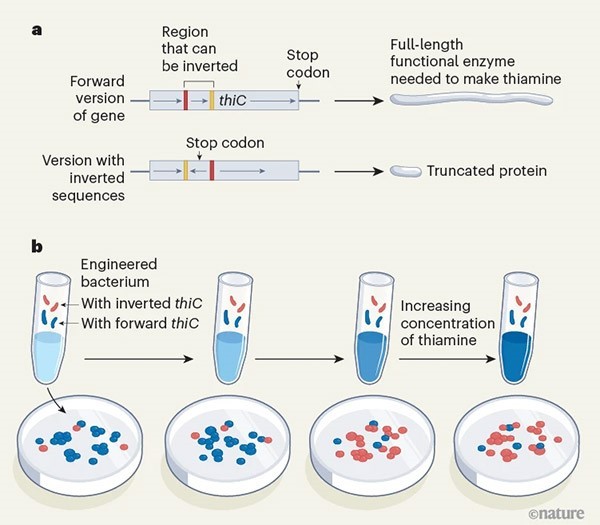
Bacteria have the capacity to flip sequences of their genes from back to front, which can generate two different proteins from a gene. For example, Bacteroides thetaiotaomicron has a gene, thiC, that it can invert. One way round, it encodes for an enzyme needed to make the vitamin thiamine. The other way, it encodes a truncated protein. This ability seems to give the bacteria a survival advantage in different conditions. Researchers engineered bacteria that were ‘locked’ to either express the forward or the inverted version of thiC and examined the survival of the two populations of bacteria when grown at different concentrations of thiamine. Under conditions of low thiamine, bacteria that expressed the forward version of thiC dominated; when thiamine was high, the bacteria that expressed the inverted version of thiC had an advantage.
(Nature News & Views | 7 min read, Nature paywall)
Today I’m thrilled to learn that six Guam kingfishers (Todiramphus cinnamominus), also called sihek, have been released into the wild on an isolated Pacific atoll. With “cerulean blue and cinnamon coloration mirroring [Guam’s] ocean blue water and red-orange sunsets”, in the words of the Guam Department of Agriculture’s Yolonda Topasna, the adorable birds are a symbol of the island, despite having been made extinct in the wild decades ago by introduced predators. Ultimately, it’s hoped that they can be reintroduced to Guam (once the snakes situation has been sorted out).
Let us know if there’s anything we should introduce into this newsletter at [email protected]
Thanks for reading,
Jacob Smith, associate editor, Nature Briefing
With contributions by Flora Graham
Want more? Sign up to our other free Nature Briefing newsletters:
• Nature Briefing: Careers — insights, advice and award-winning journalism to help you optimize your working life
• Nature Briefing: Microbiology — the most abundant living entities on our planet — microorganisms — and the role they play in health, the environment and food systems.
• Nature Briefing: Anthropocene — climate change, biodiversity, sustainability and geoengineering
• Nature Briefing: AI & Robotics — 100% written by humans, of course
• Nature Briefing: Cancer — a weekly newsletter written with cancer researchers in mind
• Nature Briefing: Translational Research — covers biotechnology, drug discovery and pharma


